Sakura City, Tochigi栃木県さくら市
Living in Sakura City, Tochigi
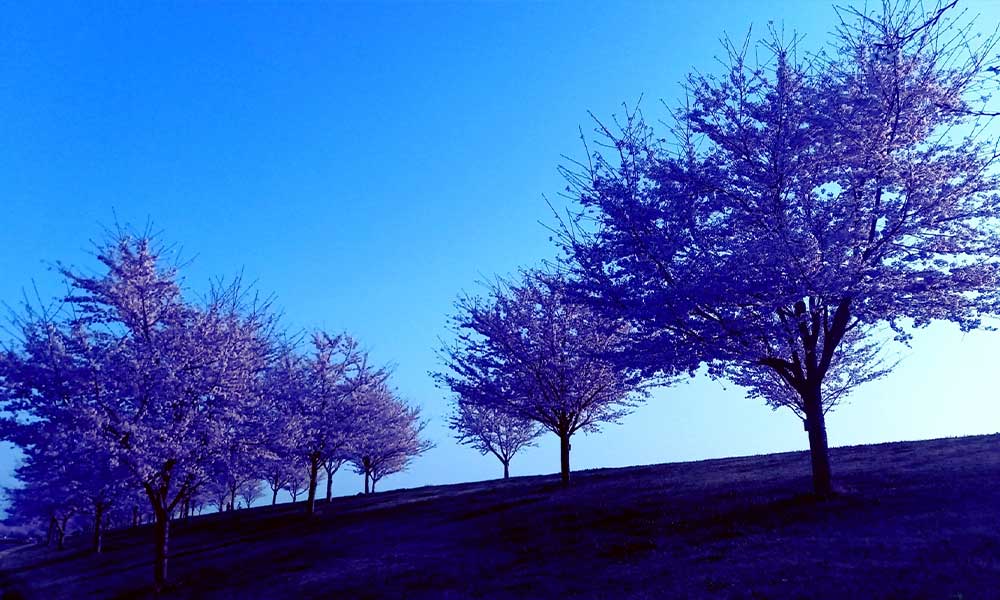
We have Summarized the livability of Sakura City, Tochigi.
CENTRAL AREA県央地域
CONTENTS
- What kind of place is Sakura City?
- Sakura CityPR video
- How is the traffic situation in Sakura City?
- How are the rent and land prices in Sakura City?
- How is childcare and education in Sakura City?
- How about shopping in Sakura City?
- How about jobs and recruitment in Sakura City?
- Sakura City’s unique subsidy/subsidy system
What kind of place is Sakura City, Tochigi?
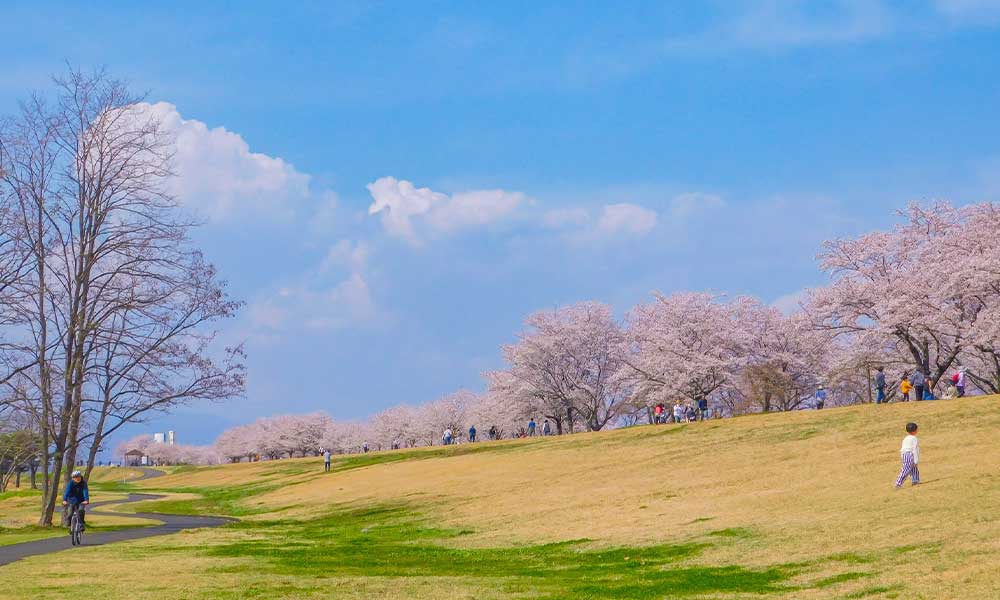
Sakura City is a quiet rural area with a thriving agricultural industry, and is characterized by its tranquil natural environment.
Located in central Tochigi Prefecture, the area covers approximately 125.63㎢.
To the north, it borders Yaita City and Ōtawara City, to the east Nasukarasuyama City and Nakagawa Town in Nasu District, to the south Takanezawa Town in Shioya District, and to the west Utsunomiya City and Shioya Town in Shioya District.
As of October 2023, the population is about 44,000, and there are approximately 16,000 households.
It is situated between the northern part of the Kanto Plain and the Nasu Highlands, about 115 km north of Tokyo and 15 km northeast of Utsunomiya City.
Sakura City was formed in 2005 from the merger of Ujiie Town and Kitsuregawa Town in Shioya District.
The name “Sakura City” was chosen with the hope of creating a beautiful city, like the cherry blossoms that have long been cherished by the residents of both towns. The decision to use hiragana for the name was made to give it a softer expression.
The history of Sakura City dates back to the Kamakura period, when Utsunomiya Kōrai built Gozen Castle in what is now the Ujiie area, and the Kitsuregawa area developed as a castle town governed by the Kitsuregawa Clan.
During the Edo period, it flourished as a post town along the Ōshū Highway.
After the Meiji period, modernization progressed, and tourism began to thrive following the discovery of Kitsuregawa Onsen in the western part of the city in 1981, leading to the construction of villas and lodging facilities.
Kitsuregawa Onsen is known as one of Japan’s “Three Great Beauty Hot Springs,” attracting many visitors from outside the city.
Today, Sakura City functions as a bedroom community for Utsunomiya City, with its city hall and commercial facilities concentrated around Ujiie Station, and residential areas densely populated in the suburbs.
In the Kitsuregawa area, tourism development followed the drilling of Kitsuregawa Onsen in the 1980s, leading to large-scale projects such as villa subdivisions and golf course developments. Additionally, industrial parks have been established along the national highway, forming the industrial center of the city.
Sakura City has many recommended spots to visit.
The Katsuyama Castle Ruins, built by the Ujiie clan, a branch of the Utsunomiya family, in the mid-Muromachi period, is one such place. It served as an important location from the Kamakura period through the Sengoku period. Although no structures remain, it has been maintained as Katsuyama Park, a place for citizens to relax.
Within the park, the Sakura City Museum Arai Kanpō Memorial Hall displays art, history, and folk exhibits related to Sakura City. It also features works and materials from Arai Kanpō, a Japanese painter from the city.
Sakura City’s main festival is the Tennō Festival, held every summer at Kitsuregawa Shrine.
It is known for its “fierce mikoshi” (portable shrine), where shrine carriers vigorously jostle as they parade through the streets of Kitsuregawa, making for a powerful and popular festival.
Tennō Festival
PR video of Sakura City, Tochigi
Promotional video for migration and settlement: “The joy of living in everyday life”
Live in Sakura City
How is the traffic situation in Sakura City?
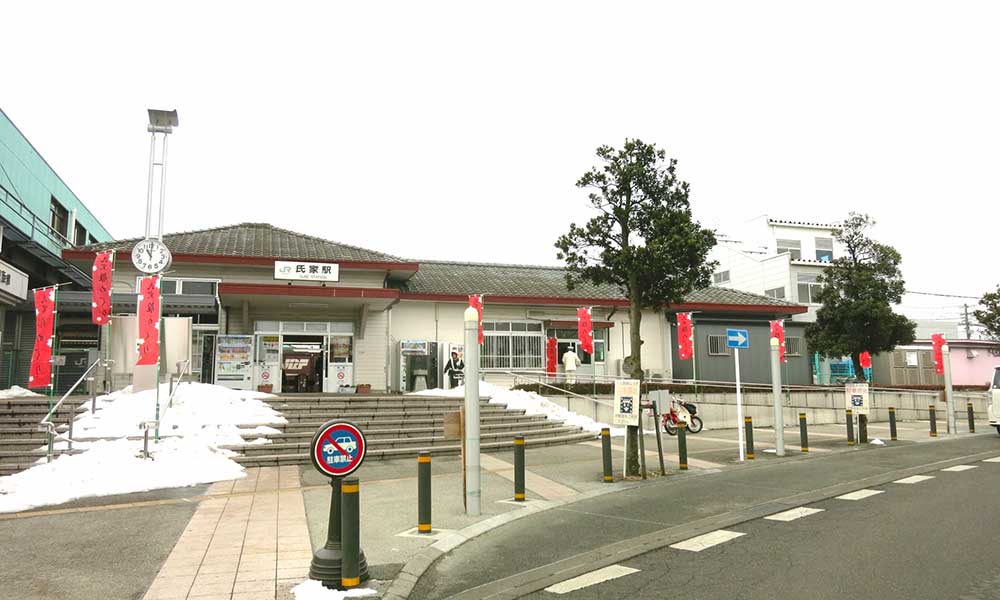
電車も通っているが、車を利用することが一般的な街『さくら市』
Sakura City has one line and two stations. The Tohoku Main Line of the JR Utsunomiya Line runs through the city, with Ujiie Station and Kamasuzaka Station.
The main roads that run through Sakura City are National Route 4, which connects Takanezawa Town in the south with Yaita City in the north, and National Route 293, which connects Utsunomiya City in the west with Nasukarasuyama City in the east. There are no expressways accessible from the city, but you can get on to the Tohoku Expressway from the neighboring cities of Utsunomiya and Yaita.
Kanto Bus operates local bus routes within the city.
The JR Utsunomiya Line runs through the area, so you can access Tokyo directly. The roads are rarely congested, so it’s comfortable.
Trains and buses run infrequently, making commuting to work or school inconvenient.。
How are the rent and land prices in Sakura City?
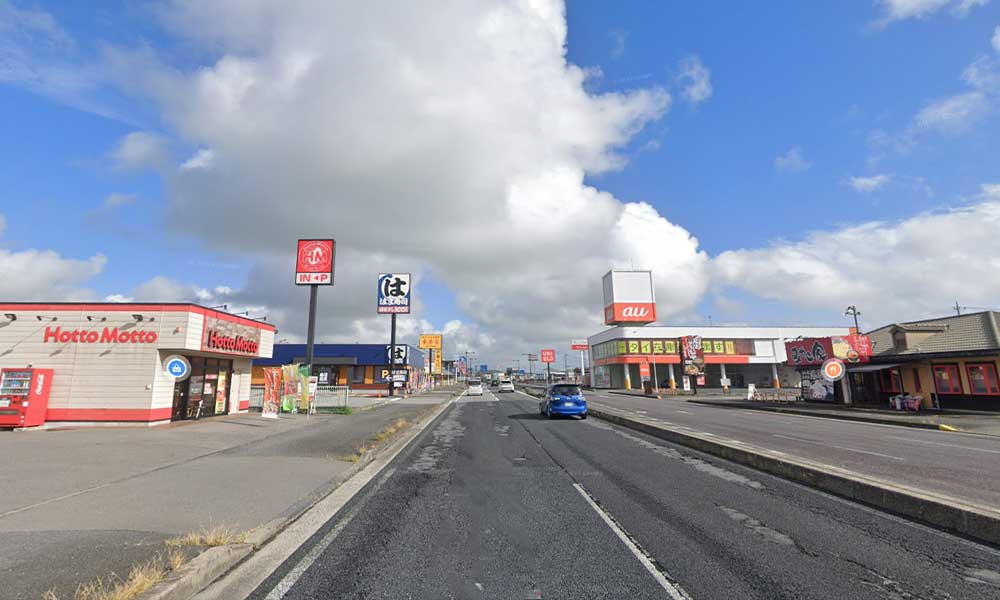
Sakura City has relatively low rent and land prices, and many properties are reasonably priced compared to the city center.
According to information from a real estate information website, the average rent in the city for a newly built apartment within a 10-minute walk from the station is about 51,000 yen for a 1K and 68,000 yen for a 3K. The average land price per tsubo is about 90,000 yen per tsubo.
Sakura City is an area blessed with nature, and there are lush parks and nature reserves in the surrounding area. In particular, there are mountains and rivers in the suburbs, and you can enjoy beautiful scenery throughout the seasons.
In the city and suburbs, houses are built on large lots, and the living environment is relatively quiet. There are some collective housing such as condominiums and apartments, but detached houses are the norm.
In urban areas and suburban areas, houses are built on large plots, creating a relatively quiet living environment. You can live in an area with little noise and traffic, allowing you to lead a relaxed life.
Although the area is rich in nature, there is a risk of natural disasters, so appropriate disaster prevention measures are required.
How is childcare and education in Sakura City?
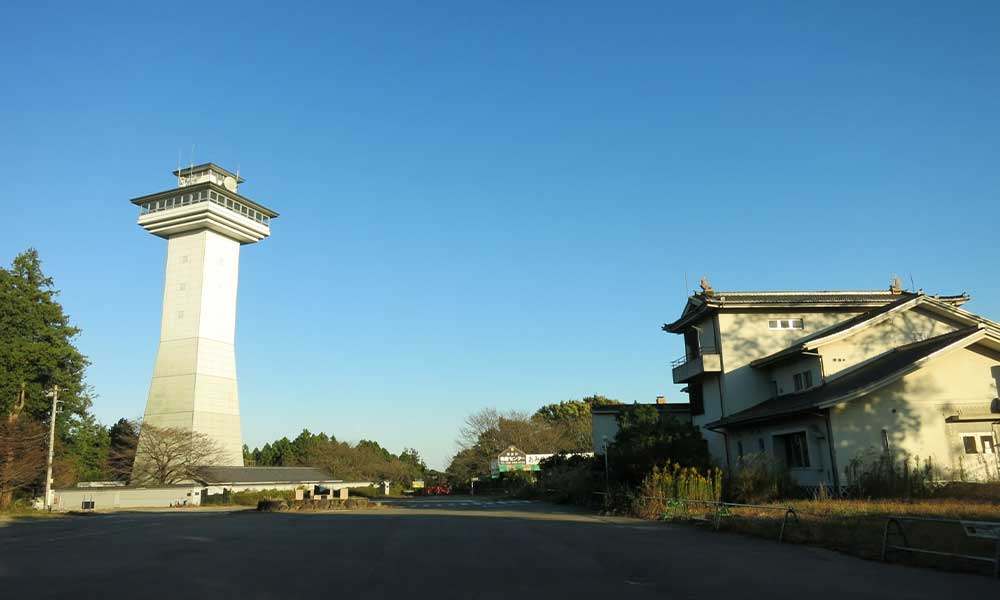
Sakura City is a friendly city for families with children, with plenty of daycare centers and childcare support.
Within Sakura City, there are 11 nursery schools, 2 kindergartens, 6 elementary schools, 2 junior high schools, 1 high school, and 1 vocational school.
The Child Medical Expenses system covers both outpatient and inpatient care for children under the age of 18 (up to March 31 of the year they turn 18), and provides full subsidies.
As for the child allowance, 15,000 yen is paid for children under 3 years old, 10,000 yen for the first and second child aged 3 to elementary school age, 15,000 yen for the third child and beyond, and 10,000 yen for junior high school students.
Sakura City also offers its own extensive support programs.
Support for pregnant women and child-rearing in Sakura City includes both continuous consultation services and financial assistance.
The Continuous Consultation Support program provides pregnant women with consultations and information on child-rearing by specialized staff.
Additionally, during the “Hello Baby Phone Call” around two weeks after childbirth, staff check on both the mother’s and baby’s well-being and provide a space to discuss any concerns.
Around 1 to 2 months after birth, the “Hello Baby Home Visit” is conducted, during which a specialist visits the home to check the baby’s weight and general condition, as well as to offer advice.
As part of Financial Assistance, the “Birth and Childcare Support Gift” provides a Sakura Support Gift worth 50,000 yen per pregnant woman. In addition, a Sakura Childcare Support Gift of 50,000 yen is also distributed.
The “Postpartum Care Program” offers partial subsidies for the Postpartum Care Utilization Fee to mothers and babies who need support due to physical or emotional issues after childbirth. Mothers can choose from various support services, such as overnight stays at medical facilities or visits from midwives, where they receive guidance on baby care and monitoring of the mother’s health post-delivery.
We are actively providing support to families with children, and we can look forward to even more support in the future.
There are few educational institutions and facilities for extracurricular activities.
How about shopping in Sakura City?
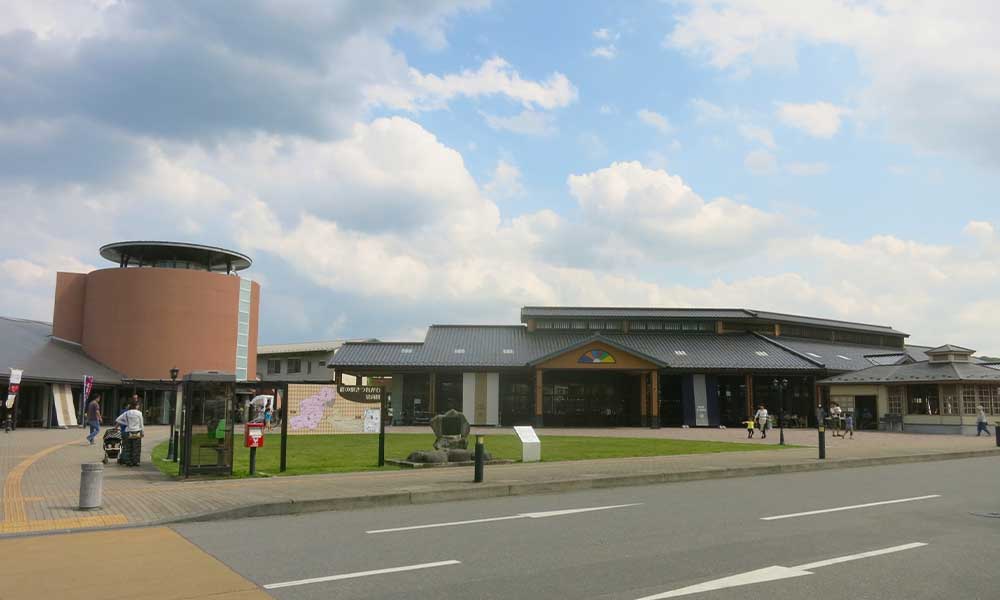
Sakura City is a town with everything from shopping malls to supermarkets, so you won’t be short of daily necessities.
Sakura City offers plenty of shopping facilities and restaurants, especially along National Routes 4 and 293.
AEON Town Sakura is a large shopping mall located on National Route 293, featuring a supermarket, The Big Extra, along with clothing stores, restaurants, and other convenient shops where you can find everything in one place.
Michi-no-Eki Kitsuregawa is also located along National Route 293. It offers local specialties and fresh vegetables for purchase. Additionally, it is home to the famous Kitsuregawa Onsen, one of Japan’s “Three Great Beauty Hot Springs.” There is also a free footbath and a barbecue area, making it a popular spot for enjoying a full day of activities.
In addition, there are around six other supermarkets in the city, such as Super Otani and Torisen.
There are many shops, mainly along the national highway, so if you have a car you won’t have any trouble shopping.
There are no malls lined with fashionable shops, so there are no places to enjoy shopping.
How about jobs and recruitment in Sakura City?
Sakura City, a city focused on local retail and agricultural jobs
The average annual salary in Sakura City is 3.2 million yen.
Industrial complexes are dotted around Sakura City, mainly along National Route 4. The main industries include automobiles, machinery products, and metal products. It can be said that the area has a certain number of manufacturing job openings.
In addition, there are many businesses in real estate-related industries and food processing, and you can expect to find management, clerical, and factory jobs.
There are many job openings for jobs that offer work environments that emphasize communication with local residents and services that are rooted in the community. The advantage is that you can work while contributing to the community.
If you don’t have your own car, getting around can be inconvenient. It can take a long time to get to the city center or other areas.
Sakura City, Tochigi’s unique subsidy/subsidy system
Sakura City, Tochigi’s unique relocation assistance and relocation subsidy system
| “Trial Migration” System Sakura City Relocation Support Fund |
Sakura City, Tochigi’s unique housing assistance and subsidy system
Sakura City, Tochigi’s unique childcare support system
Sakura City, Tochigi’s unique system for further education and tuition assistance/subsidies
| School Assistance Program Scholarship Program English Proficiency Test Fee Subsidy Japanese Kanji Proficiency Test Fee Subsidy |








